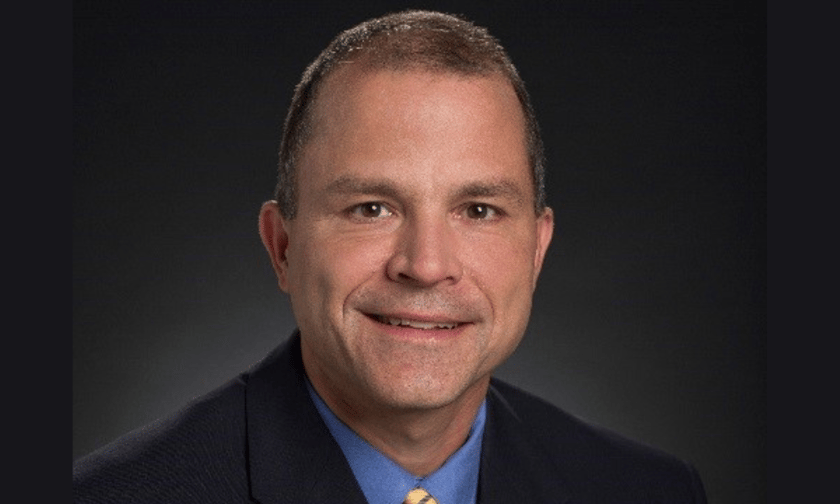

When it comes to service line coverage, there is a common misconception from consumers that this type of additional insurance is already included in a standard homeowners’ policy.
“That is not the case,” said Bradley Lemons (pictured), the SVP of PL product & underwriting at Nationwide.
“Some of the research we did last year found that 33% of the consumers felt that their base homeowner insurance policy provides the coverage.”
This can be a result of homeowners’ not fully understanding what is and is not covered in their standard policy and can potentially lead to unforeseen financial losses.
“Three quarters of people actually read their homeowners’ insurance, yet, when they read it, the majority of them are either confused or don’t actually understand what their coverages are,” Lemons said.
Additionally, consumers may be under the impression that their utility companies may be responsible for service lines that come into their house from the street, another myth that is crucial to debunk.
“There needs to be more education of what the homeowner is actually responsible for on their property,” Lemons said, pointing to how insurance agents can be a vital source in making sure that homeowners’ understand the extent of their coverage and how they can be better protected from other potential loss events.
In an interview with Insurance Business, Lemons spoke about how insurance agents can better serve their clients with service line coverage and why it can be valuable to offer this type of insurance add-on.
Lemons noted how when an agent is working with a consumer on their homeowners’ insurance needs, this is the best time to try and extol the benefits of service line coverage.
“We see in our data that when agents are first dealing with customers, they have a higher likelihood of selling the service line — 28% of our new customers are buying it during that initial conversation,” he said.
However, for those who may not be purchasing service line coverage, this presents an opportunity for insurance agents to flex their customer service aptitude by becoming more active in the consumer’s life.
“Annual check-ups are a perfect opportunity to inquire about the customer and find out how their lives have changed over the past year,” Lemons said.
“It can be a great opportunity to showcase additional coverage offerings, such as service line, that can be beneficial for their current insurance concerns. The question is whether or not customers and agents are reaching out to each other annually in order to have these discussions.”
While service line coverage can be purchased from utility providers, insurance agents have a competitive edge that can entice consumers who may be on the fence.
“It can be incredibly easy to add this to an insurance policy, as it is one payment on the total aggregate of a premium,” Lemons said.
There is also the convenience of paying one price for multiple types of service line coverage, be it gas or electricity, rather than having to go individually to each utility provider to receive a separate form of coverage.
“Service line coverage is a perfect opportunity to lay out some convenient options and have a consumer make the decision on whether you find value and is it worth the price being paid,” Lemons said.
The service line coverage market is brimming with capacity.
“It’s fairly cheap relative to the benefit you get, especially in an age of economic and environmental uncertainty,” Lemons said.
“For the value, it’s a pretty good deal, even though your overall insurance price will go up by adding this elective coverage.”
Lemons noted how the average loss relating to service lines can total between $3,000 and $7,000, which can be quite cumbersome for those who may be experiencing a financial rut and may not be able to cover uninsured losses if an event occurs.
“If you think of service line coverage, on average, it will cost the equivalent of one cup of coffee a week to secure this add-on,” Lemons said.
“I think one cup of coffee to minimize the risk of a loss in the thousands of dollars seems like a pretty good perceived value equation - it’s just making sure the consumer understands that this is available is the real challenge agents will have to overcome.”
